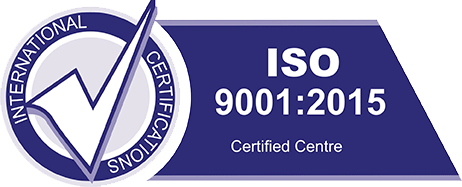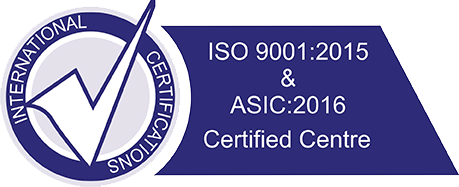What is IUI ?
Intra Uterine insemination (IUI) with either husband or donor sperm is a procedure done in the clinic. IUI is basically artificial insemination procedure in which washed sperm directly into the uterine cavity. In IUI cycle we try to create the best possible chances of conception and implantation. By giving stimulation medicines we ensure good number of follicles are recruited for development and that best possible follicular growth occurs. Estrogen released by growing follicles plays a direct role in thickening of the endometrial lining which is essential for implantation. If good number of follicles are recruited, the endometrial will also achieve the desired thickness (> 7mm). The semen sample is washed to remove any bad sperms and the best sperms are separated and inserted into the uterus at the best possible time (on the day of ovulation).
When is IUI recommended ?
- Sexual disorders like impotence, premature ejaculation erectile disorder, vaginismus, neurological disorders etc.
- In case of cervical factors like stenosis, infections, highly acidic cervical mucous or in case of anti sperm antibody present in cervical mucous IUI helps a lot as in case of IUI we bypasses the cervix & put the washed motile sperms directly into the uterus.
- In case of ovulatory dIsorders where we can correct it by stimulations.
- Grade 1 endometriosis provided the tubes are patent.
- AGE is a factor as fertility decreases by age which can be improved by stimulating injections.
- Male sub fertility where the sperm count & motility is low IUI is indicated as we can put the washed motile sperms directly into the uterus near to the oocyte.
What to expect?
An IUI cycle can be broadly broken down into the following stages:- Ovarian Stimulation
- Ovulation cycle Monitoring
- Trigger
- IUI
D2-D6: Stimulation medicines are started from D2. Based on the protocol and cost that the patient can afford, the protocol may be based only on medicines or a combination of medicines + stimulation injections or based only on Stimulation drugs. Based on the protocol the medicines have to be continued form D2 till the date advised by the fertility specialist.
D9-D12: Follicular scans are started form D9 and done on alternate days or on intervals decided by the doctor till D12 OR D13.
D12: Once the follicles achieve the desired size, Trigger is induced by giving HCG injection. In 90% of cases Trigger happens on D12. Ovulation occurs within 36 hours of Trigger.
D13-14: Another scan is done to check if the ovulation has occurred. If yes IUI is done on the same day. Else the IUI is scheduled on day 14.
Note: Depending on the stimulation protocol (what kind of medicines are prescribed) frequency of scans and the duration of taking the medicines would vary.
Instructions for Husband before semen collection:
- Do not have intercourse for 2-3 days before the day of collection.
- The total number of days since last ejaculation should be no longer than 4-5 days. Sperm cells are made and replaced rapidly after each ejaculation. Prolonged abstinence (greater than 4 days) may increase the number of dead or poorly motile sperm cells.
- It is extremely important to collect the semen specimen using sterile techniques. Bacteria that are normally found on the skin can contaminate the specimen if the container or semen come in contact with the skin. Samples with visible contamination of bacteria, yeast or other potentially infectious agents will not be processed!
- Shower and wash well the morning of your appointment. Rinse all traces of soap from the body since soap contamination will kill sperm cells.
Instructions for Wife before IUI:
- Some antibiotics are given in the initial part of treatment to take care of infections. It is important that both partners take the medications. Make sure you understand correctly, what medications are required to be taken.
- For your convenience, injections are available at the Centre at wholesale rates. There is however NO COMPULSION that you have to buy medicines from the centre.
- Sub coetaneous injections should be given under the skin, either on the forearm or the thigh. Spirit should not be used to clean the area.
- It is important that you and your partner 'stay together' on either Day 7 or day 8 of the periods so that the semen sample on the day of IUI be between 3 to 7 days old.
- Once the eggs are mature (average of 18 - 20 mm size), an HCG injection would be given to you to release the mature eggs. If at any point of time after the injection you feel any pain in the lower part of your tummy, call the doctor immediately. The IUI may need to be re scheduled.
- IUI does not require any admission in the Nursing Home. However, do come with 2-3 hours in hand.
- Inform the Centre once your periods start so that a booking for Follicular Study (Ultrasonography) can be made on Day 2 and then again on Day 10. If it happens to be a Sunday, come on Saturday, not Monday.
- After IUI, a medication needs to be inserted vaginally twice a day. In the morning, lie down for one hour after the insertion. At night, insert at the time of going to bed. Some of the medication may come out in a liquid form, do not get alarmed.


